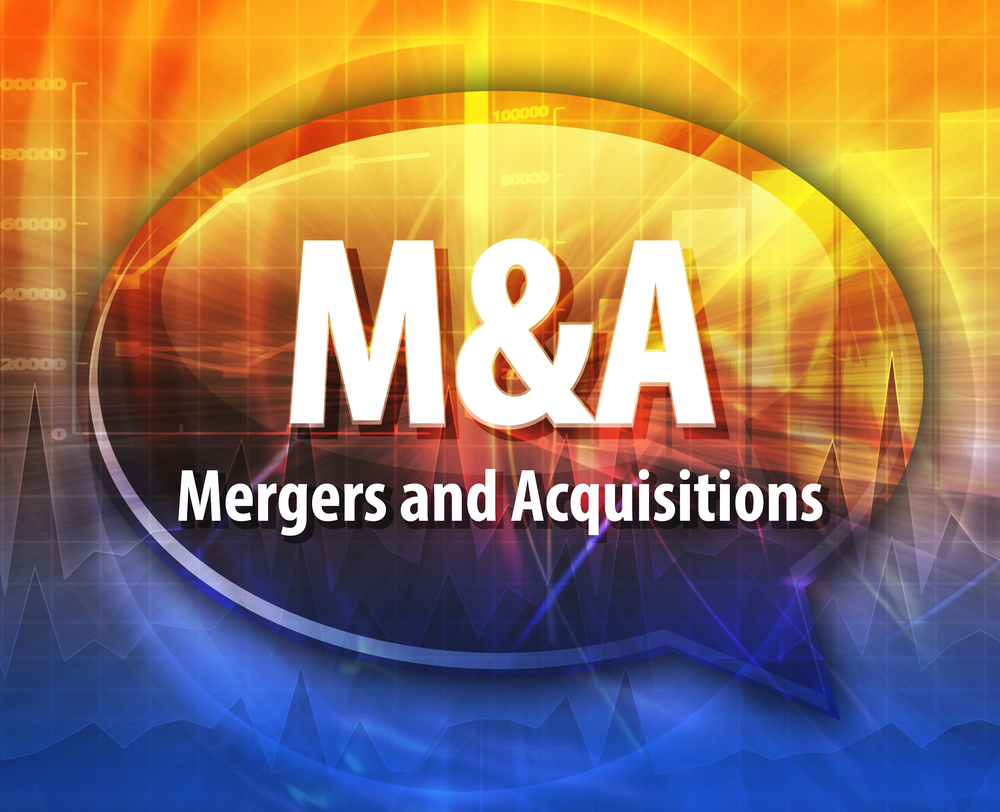
What is a Sell-Side M&A firm? What is the Sell-Side M&A Process, and how does it compare to a Buy-Side M&A Process?
A Sell-Side M&A firm represents the owner of a mid-sized business that wants to sell their company. This differs from an investment bank that typically provides corporate finance advice to large public companies.
The Sell-Side M&A Process starts with an initial consultation. The Sell-Side M&A Advisory Firm will typically meet with the business owner to learn more about the business and review the owner’s financial picture. Different Sell-Side Merger and acquisition companies represent different sizes of companies, and some focus on specific industries. In an initial consultation, both the business owner and the M&A firm can see if they might be a good fit to work together.
The next step in working together would be to determine the company’s potential value. The M&A firm would sign a confidentiality agreement, and the business owner would provide some financial information to review. This would typically be the last three years of annual profit and loss statements and a current year to date statement. They will also discuss other business features, such as the customers, employees, suppliers, and the value of any equipment and assets of the business.
The M&A Advisor will then compare this information to what other similar companies have sold for, to recommend a potential selling price. If this aligns with the business owner’s expectations, they will move on to the next step.

Synergy has relationships with buy-side M&A advisors that represent their client’s interest in acquiring a business. We have sell-side M&A experience in Tech Mergers, Healthcare Mergers, Manufacturing M&A, Construction M&A, Distribution M&A, Professional Services, and more. We are a boutique sell side M&A firm that focuses on selling companies with annual revenues of $700,000 to $300 Million.

To get started, email us at info@synergybb.com, call 888-750-5950 or fill out our contact form online.